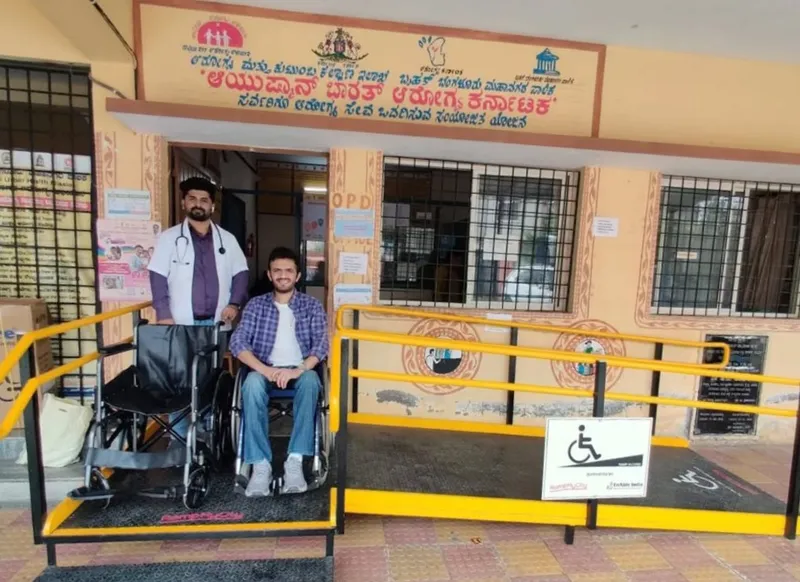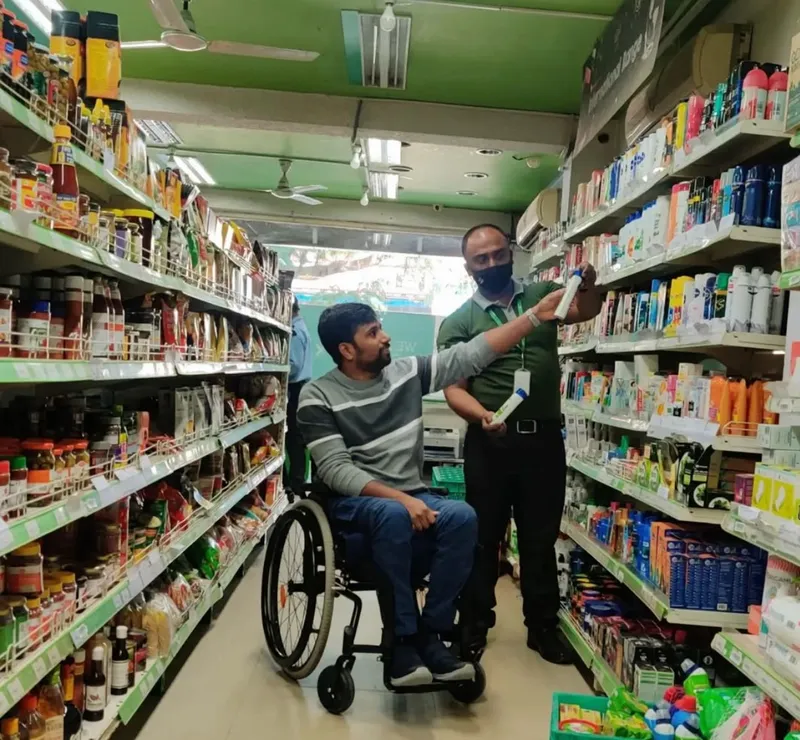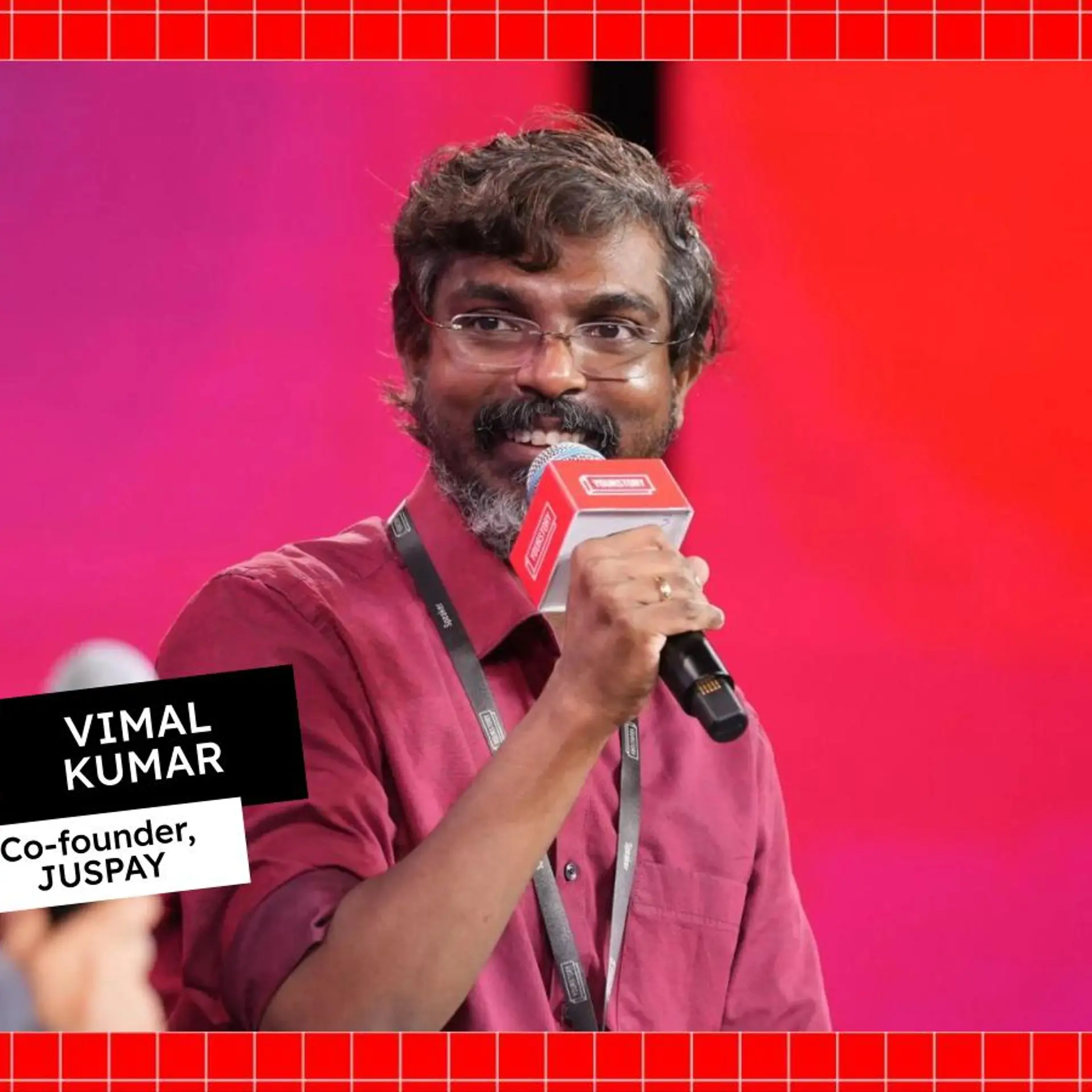How Prateek Khandelwal is bringing inclusivity to urban infrastructure
In a world designed for the able-bodied, Prateek Khandelwal has turned his personal adversity into a mission to challenge societal perceptions, redefine accessibility, and show that inclusivity is not an act of charity but a basic human right.
Prateek Khandelwal’s life has been divided into two parts: before and after 2014, when he went from being an avid traveller with a prospering career to becoming wheelchair-bound and having to relearn basic motor skills from scratch.
An accident at an under-construction building left him with a spinal cord injury, paralysing him from the waist down.
What Khandelwal discovered, quite painfully, was how exceptionally challenging it was for a person with a disability (PwD) to lead a life of dignity in this country. “My nervous system was badly damaged, and I spent the next three years relearning movements that were once muscle memory,” says Khandelwal. “I showed signs of improvement and worked up the will to lead a normal life despite my disability. But I realised that the world outside was not conducive to my vision.”
Most public places – from neighbourhood supermarkets to parking lots and bus stands – were not equipped for the disabled population, making basic rights to movement, living, and livelihood unduly strenuous.
Challenges began right outside his door; his apartment complex was not disability-friendly, and restaurants, malls, and theatres lacked ramps or railings. “The last census, conducted in 2011, classified a mere 2.6 crore as PwDs. However, according to World Bank estimates, at least 4 to 9 crore people in the country are living with some form of disability or the other, and this doesn’t count those who are unregistered or do not have disability cards.
“Even in terms of understanding the scale of the issue, we don’t have the right numbers to begin with,” says Khandelwal.
While the lack of ramps, narrow doorways, and inadequate public facilities highlighted the systemic neglect faced by PwDs, Khandelwal realised that the bigger problem rested on mindsets that saw accessibility as an afterthought.
The birth of Ramp My City
Khandelwal’s research revealed that India’s infrastructure had largely failed PwDs due to apathy, lack of awareness, and inadequate enforcement of existing laws. While the Rights of Persons with Disabilities Act, 2016 (RPwD Act) provided guidelines for making public spaces accessible, they were generic and mostly unquantifiable.
“For instance, if the guidelines mandated disability-friendly toilets, they didn’t specify minimum compliance requirements, and the same applied to ramps. Places that did have ramps made them unusable for wheelchair users—they were too steep or too narrow,” says Khandelwal.
In 2018, he decided to create practical, accessible infrastructure across public spaces through his accessibility startup Ramp My City.
Initially, Khandelwal started small, focusing on Bengaluru, a city known for its bustling restaurants, which also attracted significant footfall. “We wanted to start where we could create maximum impact,” he explains. “We also realised that most places weren’t interested in making big changes and considered PwDs a minority customer base, which they were. But we argued that the more accessible a place became, the more it would encourage PwDs to visit.”

Ramp My City has created metallic ramps at several Public Health Centres across the country in partnership with the local governments.
Ramp My City began with designing metallic ramps customised for restaurants of various sizes and styles. This allowed businesses to simply fit pre-designed ramps into their structures without taking up major civic changes that would require higher budgets and were therefore more likely to be dismissed.
In its first year, Ramp My City equipped 75 restaurants In Bengaluru with ramps, including a few outlets for Nagarjuna, Social and Starbucks.
The journey, however, was far from smooth. Resistance came in various forms—from ignorance to outright refusal by some business owners. “Many saw it as charity rather than necessity,” notes Khandelwal. Convincing them required not just technical solutions but also a shift in perception. He and his team used demonstrations, workshops, and public campaigns to illustrate the everyday struggles of PwDs.
Scaling up and building a team
As the initiative gained momentum, the need for expansion became evident. Khandelwal often encountered attitudes that reduced accessibility to an act of goodwill rather than a right. “Disability isn’t about sympathy; it’s about equality,” he stresses. Financial constraints also posed a hurdle, as Ramp My City remains bootstrapped to this day.
Khandelwal brought together like-minded individuals who shared his vision. Each member brought unique expertise—designing ramps, securing partnerships, or driving awareness campaigns. Together, they refined their approach, offering end-to-end solutions for accessibility, from audits to execution.
The introduction of Corporate Social Responsibility (CSR) partnerships marked a turning point. These collaborations not only provided funding but also opened doors to public-private partnerships, enabling Ramp My City to scale its operations significantly.
“With CSR funding, we could tell the government that we didn’t need their money but just their go-ahead to create accessible, end-to-end infrastructure at public healthcare centres, libraries, government schools, and police stations. This made our goals more achievable,” says Khandelwal.
From ramps to comprehensive accessibility
Over time, Ramp My City evolved beyond ramps, offering comprehensive accessibility solutions. They conducted audits, designed infrastructure, and trained staff to create inclusive environments. This holistic approach proved to be more sustainable and impactful.
“Our goal isn’t just to build ramps; it’s to foster a culture where accessibility is integrated into every space,” Khandelwal explains.
Khandelwal's vision of inclusivity is well on its way to making a tangible impact on people's lives. Basanagowda, a 30-year-old engineer from Bengaluru who also suffered a spinal cord injury nine years ago and is wheelchair-bound, says he has to spend over an hour going through hundreds of Google photos of restaurants before deciding on one that looks disability-friendly.

A wheelchair-friendly supermarket with design incorporations from Ramp My City
“Over phone, most restaurants tell me they are accessible to wheelchair users, but after reaching I find that they have a minimum of two steps to enter the restaurant. They then send people to help me get in, but inclusivity is about giving PwDs the freedom of movement and self-reliance and helping them make everyday choices without anxiety,” he says.
Basanagowda adds that in most places, pre-constructed ramps are angled at more than 50 degrees, which make them practically unusable for wheelchair users. “Ramp My City has addressed many of these concerns by creating well thought out infrastructure additions,” he says.
Today, Ramp My City’s innovations have transformed numerous public spaces and office buildings in 637 locations across India. In addition to ramps, they have installed handrails and tactile paths for better navigation, enhanced the accessibility of washrooms and doorways, and provided signage and wayfinding systems accessible to people with visual or cognitive impairments.
Their work has set a benchmark in urban inclusivity, but Khandelwal believes systemic change is long overdue to fast-track practical accessibility solutions into implementation.
“The government needs to prioritise accessibility in its policies and budgets,” he says. “Stricter enforcement of laws like the RPwD Act—similar to practices in countries like the United States—is also necessary,” he adds.
Edited by Jyoti Narayan






